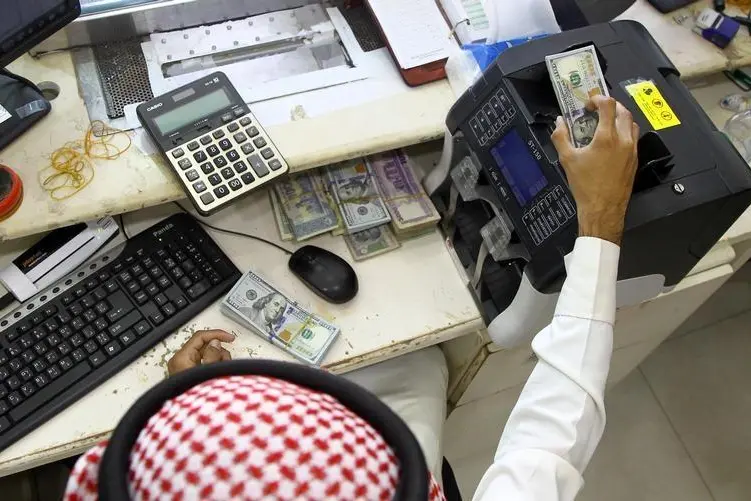PHOTO
The top 10 banks in Saudi Arabia reported a 34 percent increase in first-quarter net profit on the improving macroeconomic conditions, the kingdom’s buoyant capital market, and a significant drop in impairments.
According to Alvarez & Marsal (A&M) in its latest Saudi Arabia Banking Pulse for Q1 2021, lending growth more than doubled to 5 percent quarter-on-quarter (QoQ) compared to 2.3 percent in Q4 2020. Al Rajhi Bank reported the highest loan growth of 12.8 percent QoQ.
Asad Ahmed, A&M Managing Director and Head of Middle East Financial Services said: “Looking ahead, credit growth is likely to be driven by continuous strength in mortgage lending and a pick-up in corporate credit demand in H2’21, as the economic activity continues to improve.”
Corporate lending is expected to rise as the Public Investment Fund’s (PIF) plans to invest $40 billion into the economy annually until 2025 to support business activity, he added.
However, deposit growth slowed to 2.2 percent QoQ in Q1’21, compared to 3.3 percent QoQ in the preceding quarter. As a result, loan-to deposit ration (LDR) increased to 89.7 percent, as loan growth outpaced deposits growth.
Total operating income increased by 1.2 percent QoQ to 24.2 billion riyals ($6.4 billion) as banks reported strong increase in their trading income.
Aggregate net interest margin (NIM) fell by 13 basis points (bps) on the quarter to reach its multi-period low levels of 3.02 percent. NIM for seven of the top ten banks contracted during Q1’21. Riyad Bank, Arab National Bank and Bank AlJazira were the only lenders reporting a NIM expansion.
Yield on credit fell by 24 bps QoQ, while cost of funds remained largely unchanged at 0.4 percent.
Meanwhile, total impairments declined by about 50 percent in Q1’21 to 2.5 billion riyals. The “improving macroeconomic situation could be the possible reason behind the decline in provisioning,” A&M said.
Cost of risk fell to 0.62 percent, its lowest level in the last five quarters and reached pre-pandemic levels. Bank AlJazira reported the highest fall in cost of risk (-681.6 bps QoQ) to 1.1 percent in Q1’21 driven by an 86.1 percent decrease in impairment provisions to 153 million riyals.
However, the outlook on cost of risk remains negative. “Our outlook on cost of risk remains negative for the near term, as Saudi Central Bank’s loan deferral program comes to an end by H1’21,” said Ahmed.
(Writing by Brinda Darasha; editing by Daniel Luiz)
Disclaimer: This article is provided for informational purposes only. The content does not provide tax, legal or investment advice or opinion regarding the suitability, value or profitability of any particular security, portfolio or investment strategy. Read our full disclaimer policy here.
© ZAWYA 2021











